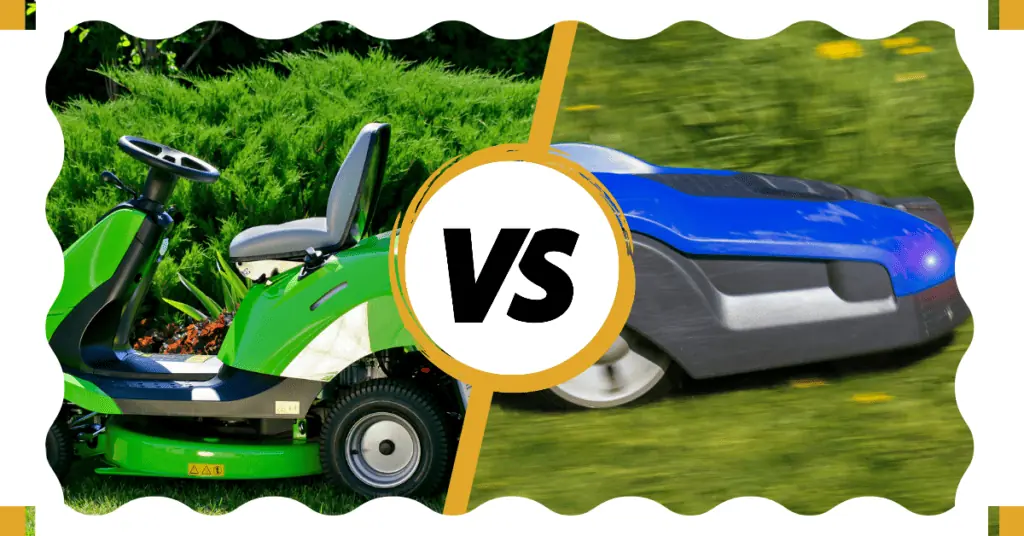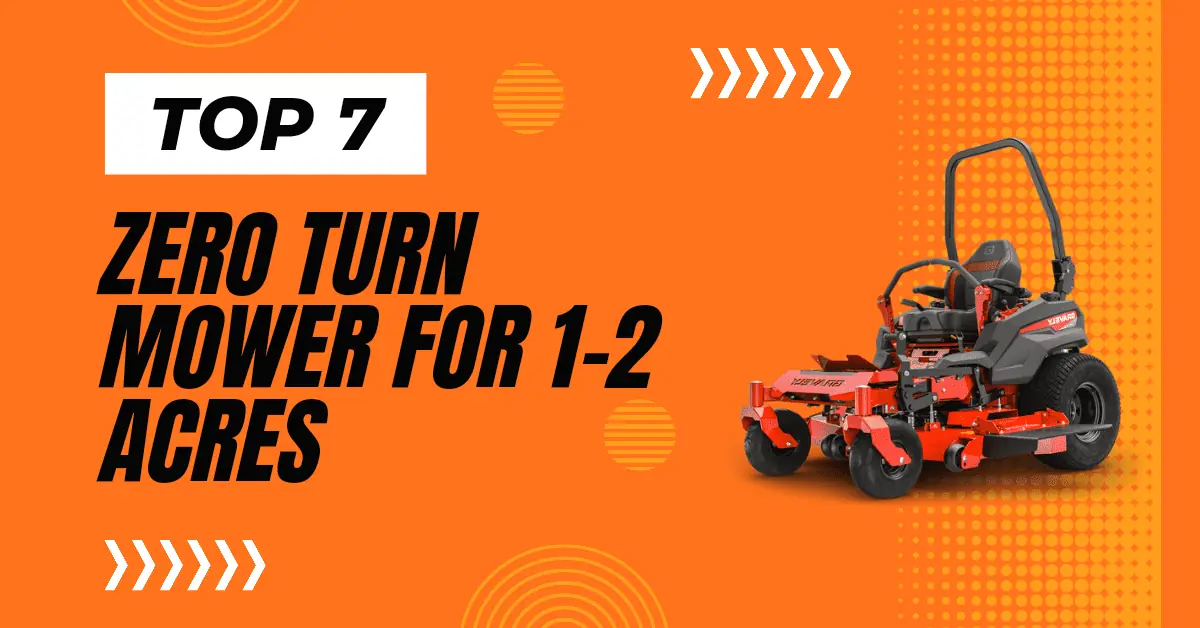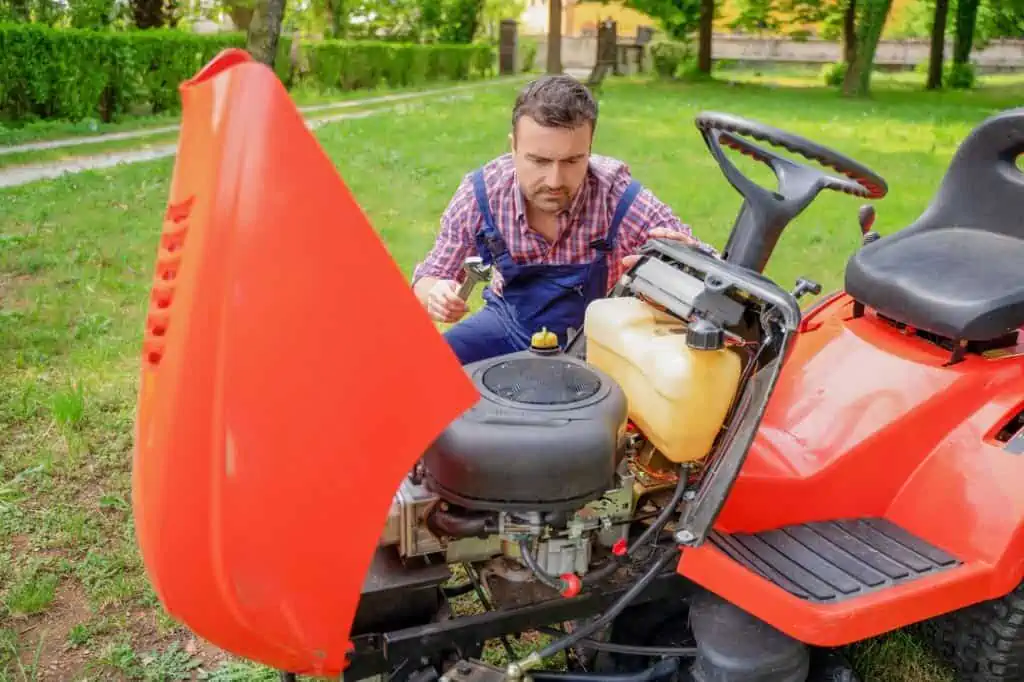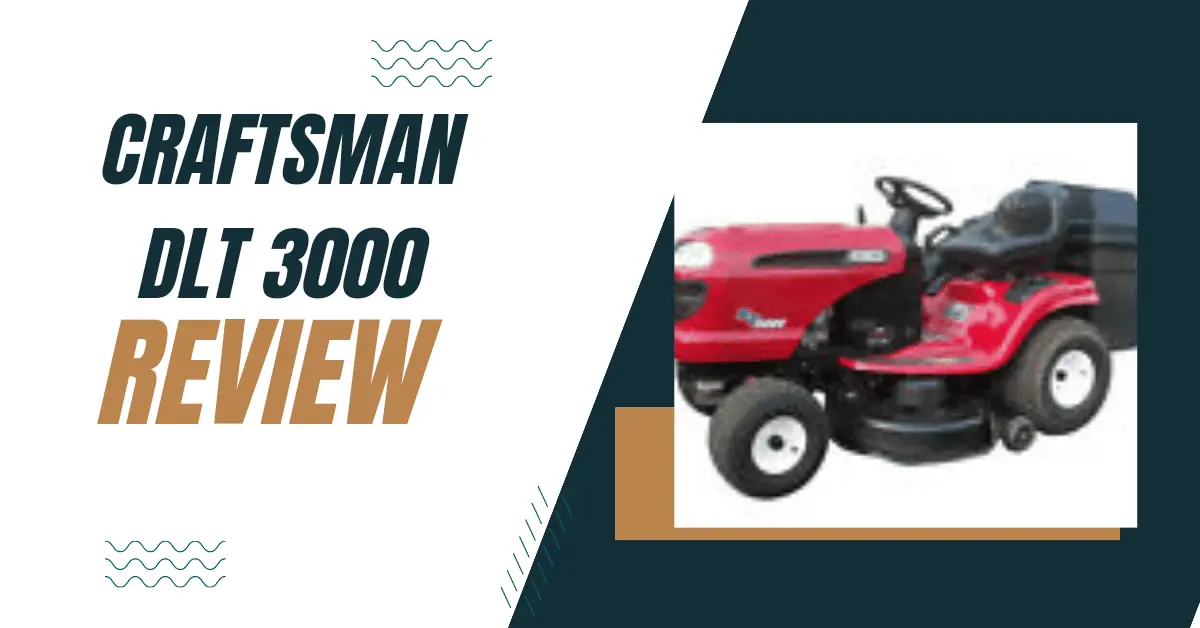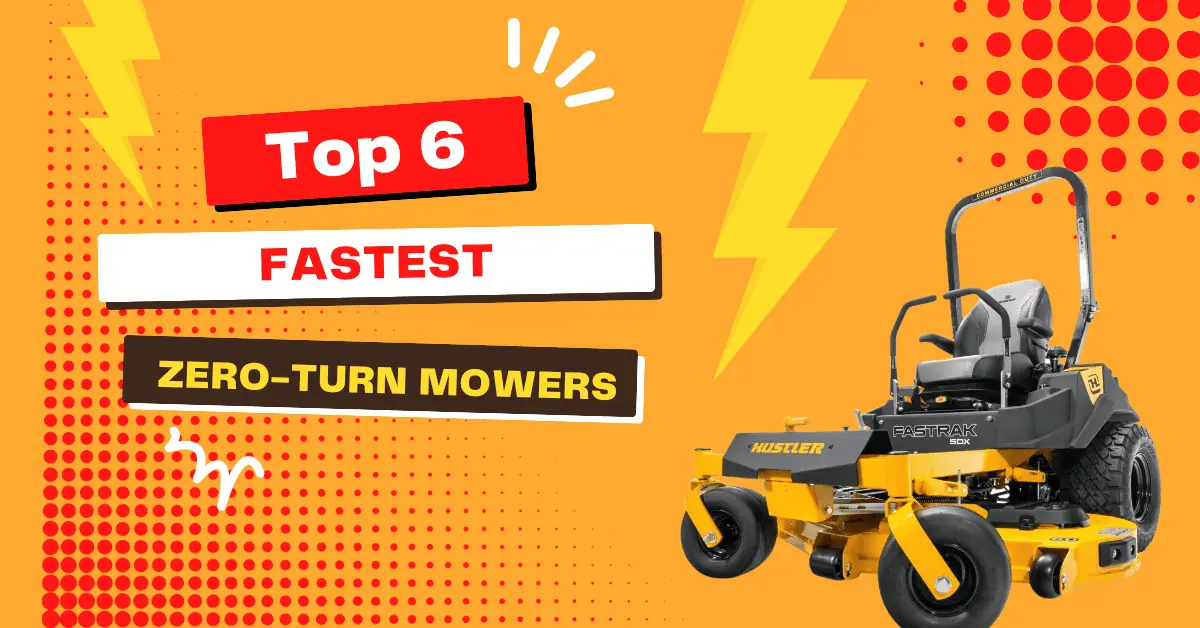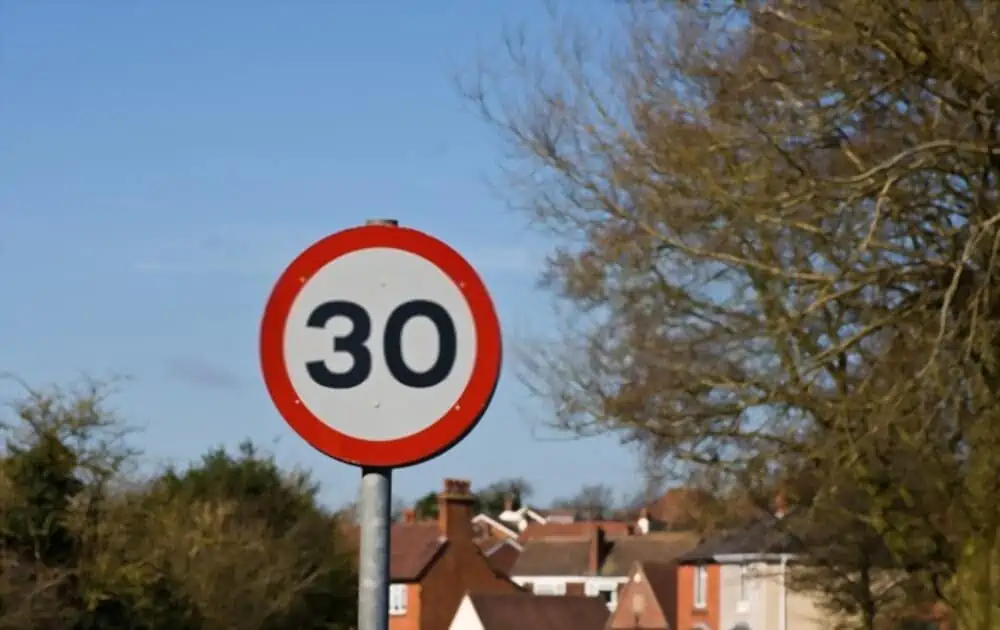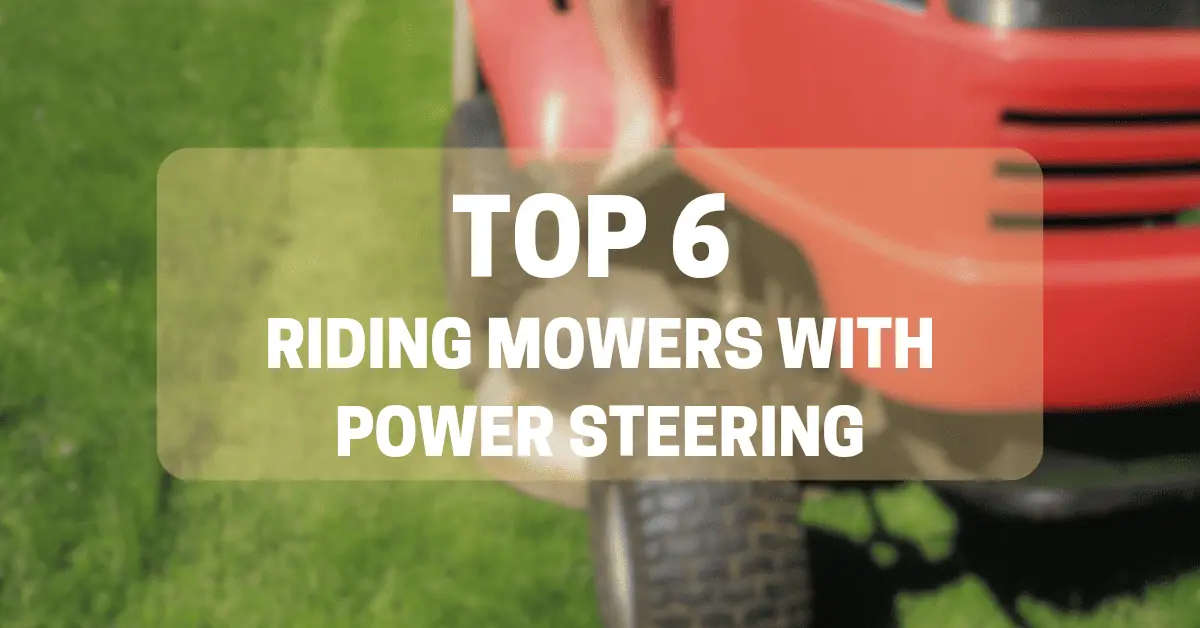There are different types of lawnmowers in the current market that you can buy, like lawn tractors, zero-turn, push mowers, or self-driving ones. Transmission is a must-have for all of these machines.
The transmission transmits power from the engine to the wheels, thus controlling its speed and torque. Hydrostatic and automatic are one of the five transmissions a mower can have. These two transmissions all function differently and impact your machine in different ways.
This article will compare hydrostatic and automatic transmission in a lawn mower. You’ll understand the similarities and differences and which is best for your mower.
What is a Lawn Mower Transmission?
The transmission in your lawn mower is responsible for transmitting power from the engine to its wheels. Your machine only moves forward when it rotates the axle to drive the mower’s wheels. It can also adjust the torque to control the speed of your mower when you ride it.
It’s impossible to use your mower without the transmission as you won’t be able to regulate the speed. Aside from regulating speed, it also controls the torque to withstand different mowing conditions. The fact that you can use your mower in muddy, hilly, rainy, or tight obstacles is thanks to the transmission.
A lawn mower has five main types of transmissions; manual, hydrostatic, automatic, friction disc, and continuously variable transmissions (CVT). All these transmission types have separate effects on your mower when you use them. Among all, hydrostatic and automatic are the best because they’re the most convenient to use and offer the best result.
What is an Automatic Lawn Mower?
It’s best to understand how a manual transmission works to know how automatic mowers function. In a manual transmission, you have to switch all the gears yourself, which can be a bit difficult to master if you aren’t used to it, or if you need to do many turnings in your sessions.
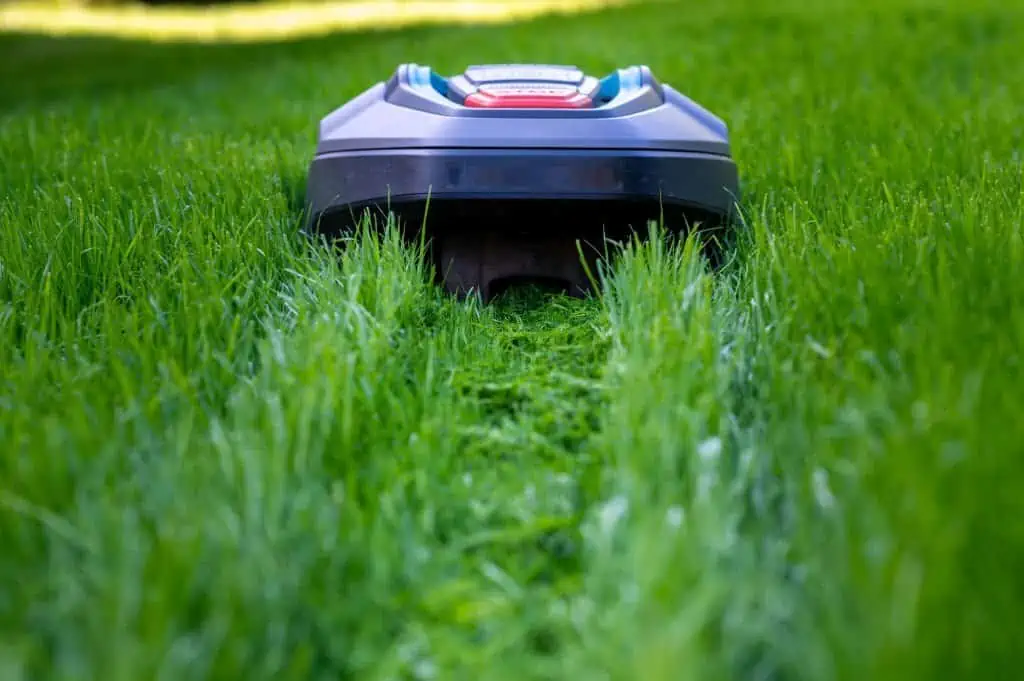
Automatic transmission eliminates the stress of manually shifting gears. You only need the drive pedal to accelerate and a different brake pedal to decrease the speed and stop. It’s a lot easier to maneuver than manual transmissions.
The ease of maintenance and good responsiveness are the two key reasons it’s among the most used transmission type in the market.
Manufacturers also equip automatic mowers with features like optional cruise control, which lets you mow over long distances at a specific speed. It’s imperative to note that although automatic transmissions are highly effective, they’re also among the most expensive types in the market.
What is Hydrostatic Lawn Mower?
A hydrostatic lawn mower uses hydraulics to run the machine. It’s powered by a hydrostatic transmission which consists of hydraulic pumps and motors. The pump brings a pressurized oil flow to the motor, which turns the attached wheels.
The fact that you don’t need to shift gears makes it extremely easy to use. You can mow at various speeds rather than with a preset one. It delivers top-notch comfort, durability, and response time than belt-drive transmissions and is the best in the mowing industry.
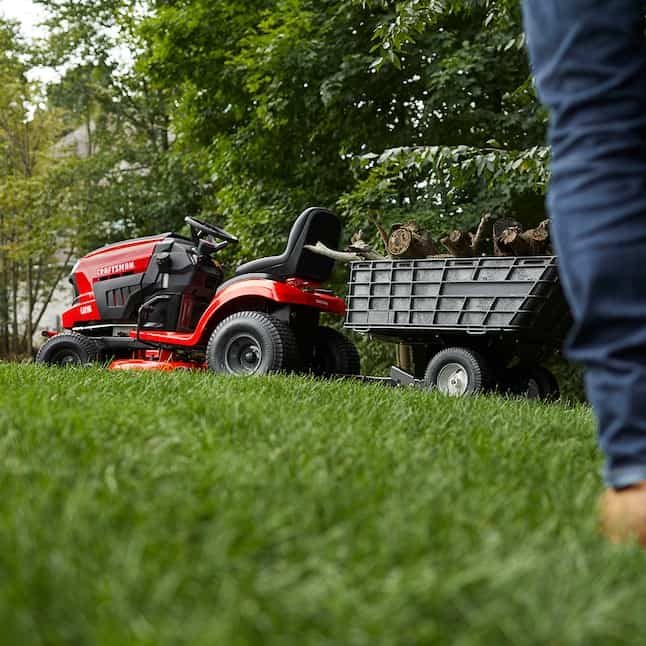
Hydrostatic vs. Automatic: Which is Better?
Automatic and hydrostatic transmissions both power your engine, but they do so differently. Hydrostatic transmissions power the engines using hydraulics or fluids, while automatic uses belts. It’s imperative to know that hydrostatic transmissions are the best and the most commonly used in premium mowers nowadays.
The reason is that the technology used in hydrostatic mowers is better and offers a smoother ride and functionality than in the automatic variants. Hydrostatic transmission can have variable speed control, reverse rotation capability, dynamic breaking, and other performance-enhancing features. Manufacturers use hydrostatic transmissions mainly in riding tractors, zero-turn mowers, tractor engines, and snow blowers.
Not that automatic transmissions aren’t elite, but hydrostatic is better. If getting a hydrostatic mower is out of your reach, an automatic transmission is the second best that you can get for a smooth ride.
Which one you should buy depends on your needs. While hydrostatic is the most potent, it functions better on some surfaces than others, and the same applies to automatic lawnmowers.
If you’re in the market for a mower for your small yard with few obstacles, a manual transmission will work just fine. Consider getting an automatic transmission to work on small yards with obstacles. Hydrostatic transmissions will function on almost every surface, but it should be your number one option if you want to mow yards with hills or slopes.
Hydrostatic vs. Automatic: Pricing
The hydrostatic transmission is the most expensive to buy of the two. You’ll need to spend upwards of $500 to get a new one for your machine. However, you can get an automatic transmission for lesser than that price.
Aside from the cost of buying the machine, maintenance is also a factor. You’ll need to regularly replace the hydraulics of your hydrostatic mower to keep it in optimal condition. It also requires you to inspect its components to ensure they’re in optimal shape.
Automatic transmissions also need maintenance so that they can last their lifespan. They’re not overly difficult to maintain, and you get to spend lesser on maintenance than with hydrostatic builds. Whichever transmission type you buy, endeavor to maintain them well because that’s the only way that you can get the best out of your machine.
The high cost of hydrostatic and automatic transmissions is why mowers with them are expensive. Many manufacturers have a wide range of transmission options, but most current riding mowers you’ll find have hydrostatic transmission.
Hydrostatic vs. Automatic Mower: The Downsides
Despite the advantage of both transmission types, they have their disadvantages. One of the main disadvantages of automatic transmission systems is that they’re more expensive than their manual counterparts.
They have less mechanical efficiency and aren’t efficient in high-performance mowing situations. Manufacture and maintenance costs are also high compared to other transmission types.
Hydrostatic transmissions also share most of their disadvantages with automatic mowers. However, they’re more expensive to maintain and produce than automatic transmissions.
Another disadvantage of hydrostatic transmission is over-responsiveness, which can sometimes make them difficult to control. Therefore, you should be extra careful when using them on slopes.
Hydrostatic vs. Automatic Mower: Fuel Efficiency
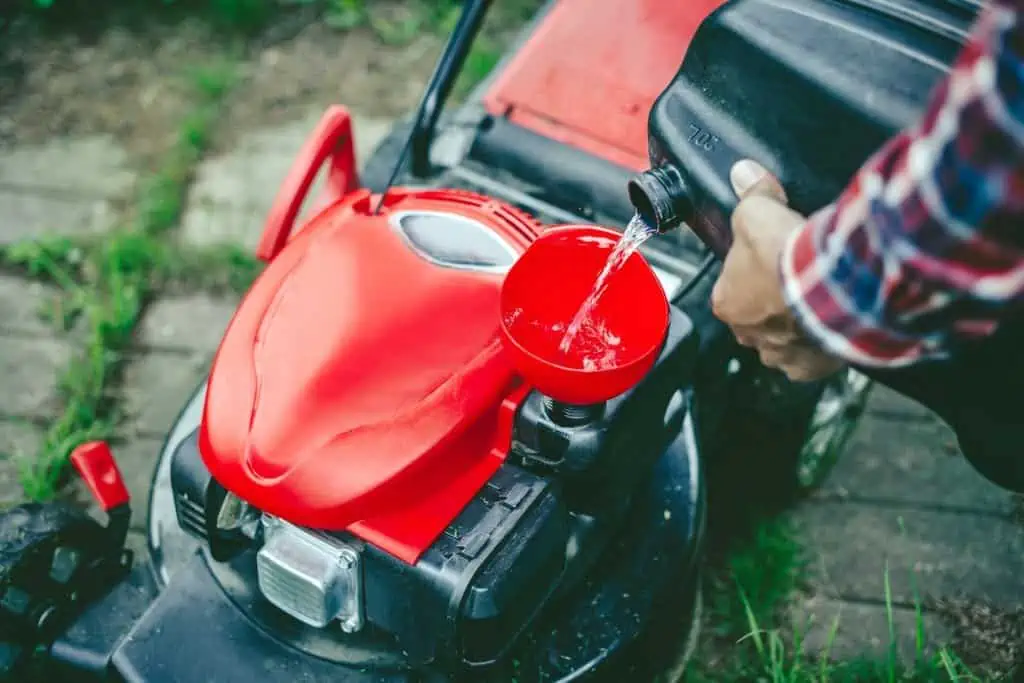
Hydrostatic transmission gulps more fuel than automatic, and if you want a machine that won’t take much gasoline, avoid hydrostatic builds.
You should note that these transmission types also last very long. Expect 3,000-4,000 hours on your automatic transmission and 3,000-5,000 usage hours on a hydrostatic one. You can only use these transmissions for that long if you maintain them well.
Conclusion
Hydrostatic and automatic transmissions can function on almost any terrain, but the former is more powerful. Get an automatic transmission if you want something close to an elite performance at a discounted amount. If the best is what you want, set your standards high and opt for a hydrostatic mower.
Don’t forget that settling for hydrostatic transmission options means more money. Aside from spending more to get the mower, you’ll also need to spend on maintenance. You can explore other transmission types if hydrostatic or automatic builds aren’t your thing.
If you experience any problem with the transmission in your mower, it’s best to take it to a technician unless you’re mechanically inclined. The repairer will accurately diagnose the problem and fix it for you.
